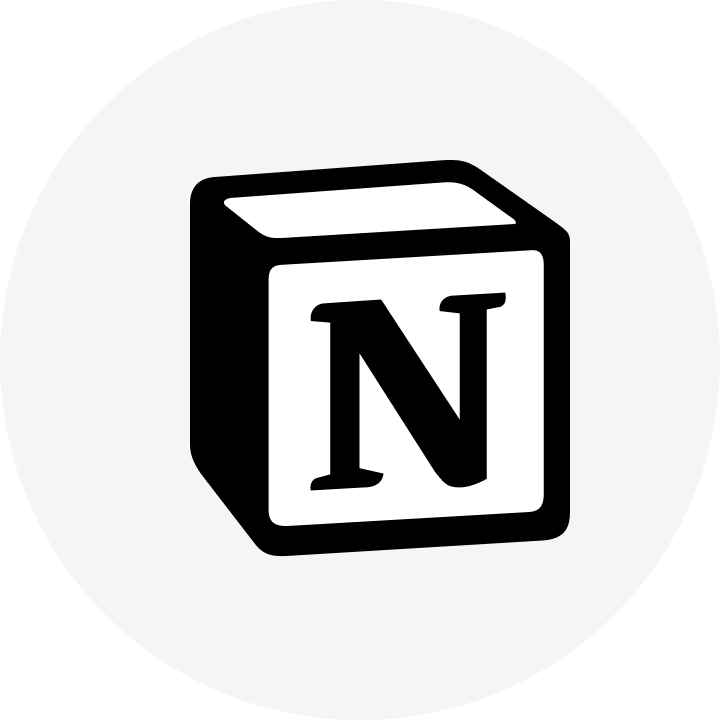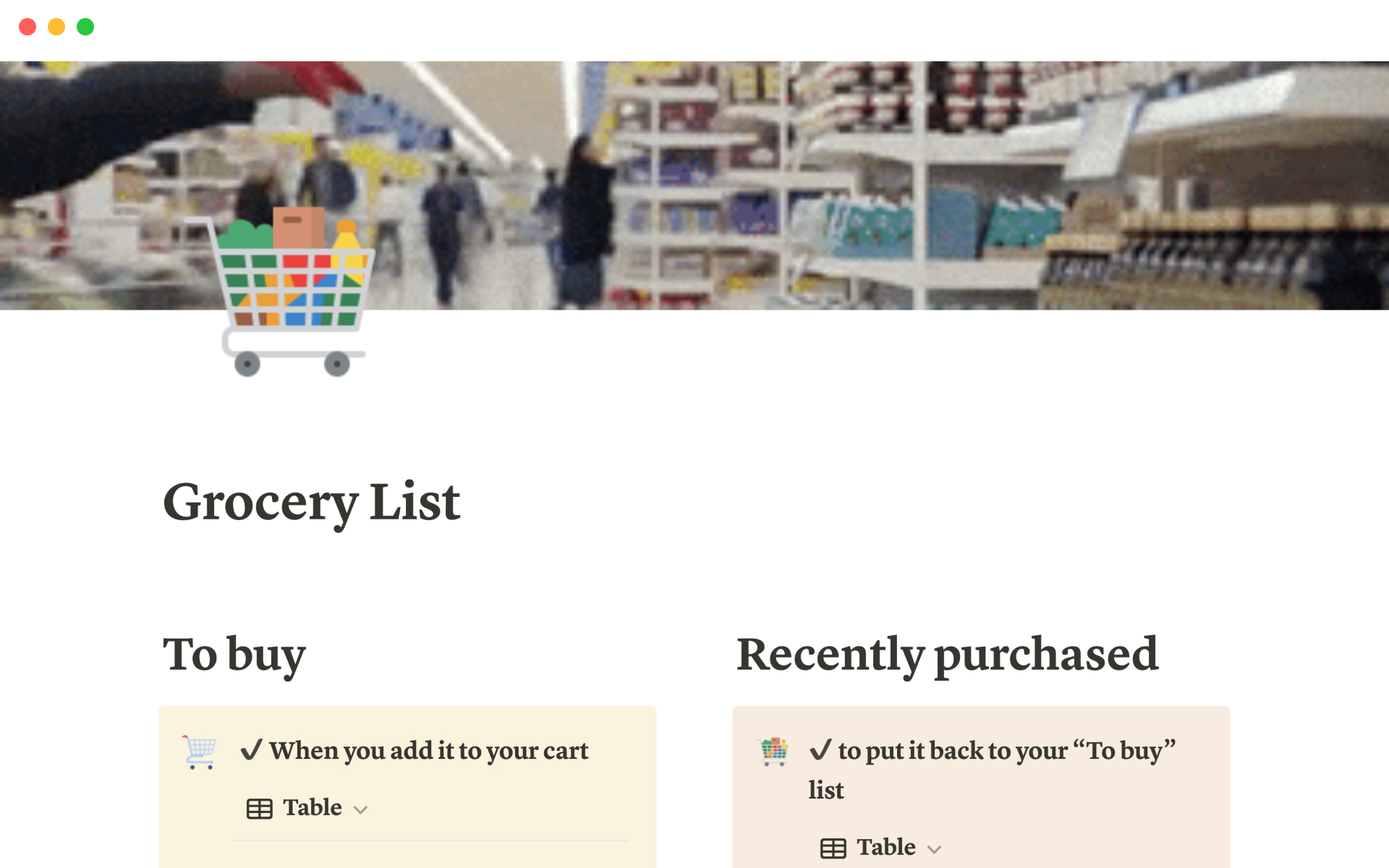Having a Grocery Checklist is crucial for efficient shopping, ensuring you don't forget essential items and helping you stick to your budget by avoiding impulse purchases. A Grocery Checklist template in Notion can streamline the process, allowing you to organize your shopping list by categories, track what you've already purchased, and even share the list with others. It's a simple yet effective tool to make your grocery shopping experience stress-free and organized.
Before you dive into creating your own Grocery Checklist, take a look at these Notion templates to make the process even easier. They offer a variety of features, from simple checklists to smart lists that suggest meals based on what you have.







